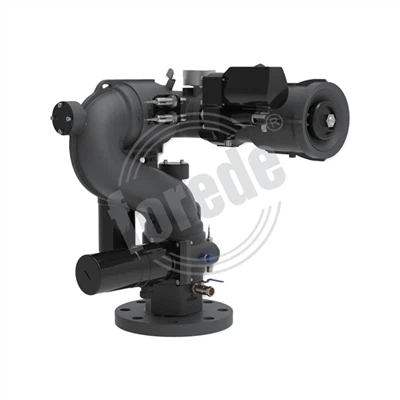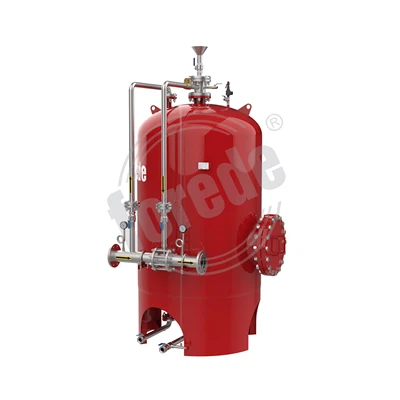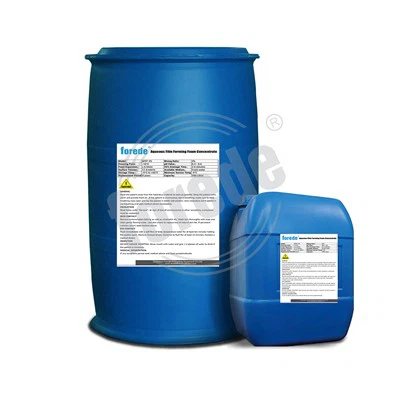
What types of FDCs are there?
A Fire Department Connection (FDC) is a critical component of a building's fire protection system, enabling firefighters to supply water to internal suppression systems during emergencies. FDCs come in various designs, each tailored to specific building requirements, environmental conditions, and operational needs. Below is a detailed breakdown of the primary types of FDCs and their applications.
Wall-mounted FDCs are the most common type, installed directly on the exterior of a building. They are designed for accessibility and ease of use by firefighters.
- Key Features:
- Visibility and Accessibility: Typically installed near ground level or at a height accessible via fire apparatus ladders.
- Standard Design: Usually equipped with two or four 2.5-inch (63.5 mm) female National Pipe Thread (NPT) or Storz connections.
- Protective Caps: Each inlet is covered with a breakable or tethered cap to prevent debris entry.
- Applications:
- Residential high-rises, commercial buildings, and schools.
- Ideal for structures where space is limited, and a vertical FDC is impractical.
Freestanding FDCs are standalone units, often used in areas where wall mounting is not feasible or when multiple connections are required.
- Key Features:
- Durable Construction: Made of heavy-duty materials like cast iron or steel to withstand environmental elements.
- Multiple Inlets: Can accommodate two to four connections, allowing simultaneous pumping from multiple fire engines.
- Elevated Design: Positioned on a pedestal or pillar to ensure visibility and accessibility.
- Applications:
- Industrial complexes, warehouses, and large parking structures.
- Suitable for locations where walls are too far from fire lanes or where multiple water sources are needed.
Flush FDCs are installed flush with the building's exterior, providing a streamlined appearance and reducing the risk of accidental damage.
- Key Features:
- Aesthetic Appeal: Blends into the building's facade, making it less obtrusive.
- Weather Protection: Recessed design shields connections from rain, snow, and debris.
- Access Panel: Covered by a hinged or removable door, which must be opened to access the inlets.
- Applications:
- Historic buildings, high-end commercial properties, and structures where aesthetics are a priority.
- Ideal for climates with harsh weather conditions, as the recessed design protects internal components.
FDCs can also be categorized based on their barrel type, which affects their functionality in cold climates.
- Dry-Barrel FDCs:
- Design: The barrel remains empty until connected to a fire hose, preventing freezing in cold weather.
- Applications: Common in northern regions with freezing temperatures.
- Wet-Barrel FDCs:
- Design: The barrel is always filled with water, which can freeze in cold climates.
- Applications: Used in warmer regions where freezing is not a concern.
FDCs can serve one or multiple fire suppression systems within a building.
- Single-Service FDCs:
- Design: Dedicated to a single system, such as sprinklers or standpipes.
- Applications: Buildings with a straightforward fire suppression layout.
- Dual-Service FDCs:
- Design: Capable of supplying water to both sprinklers and standpipes simultaneously.
- Applications: High-rise buildings, hospitals, and large commercial complexes where multiple systems require water.




















